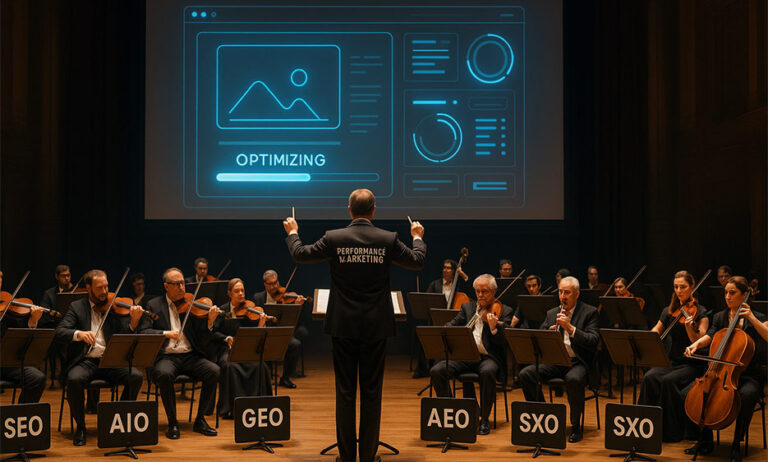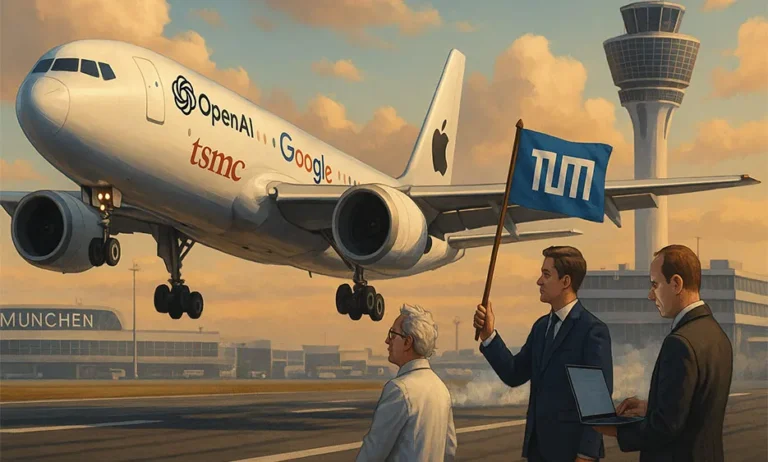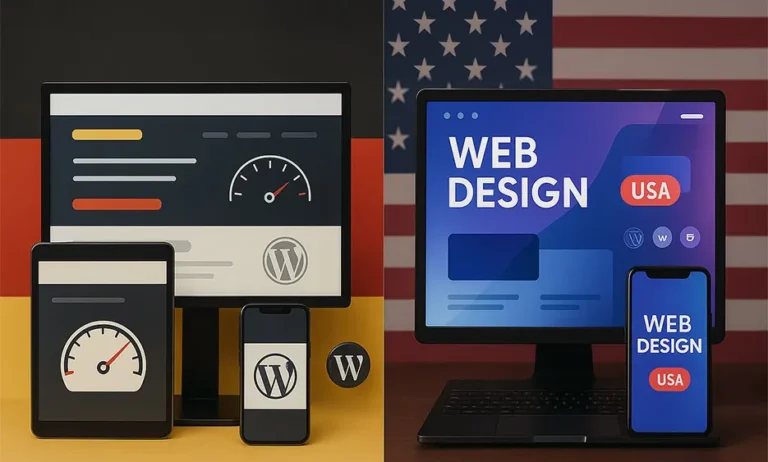ChatGPT Atlas: How AI browsers could change SEA and SEO
ChatGPT Atlas is changing how you are found online. The new AI browser integrates ChatGPT directly into search and is turning SEO and SEA upside down. What matters now is understandable, structured, and trustworthy content. Learn how to adapt your strategy to the era of AI browsers.









